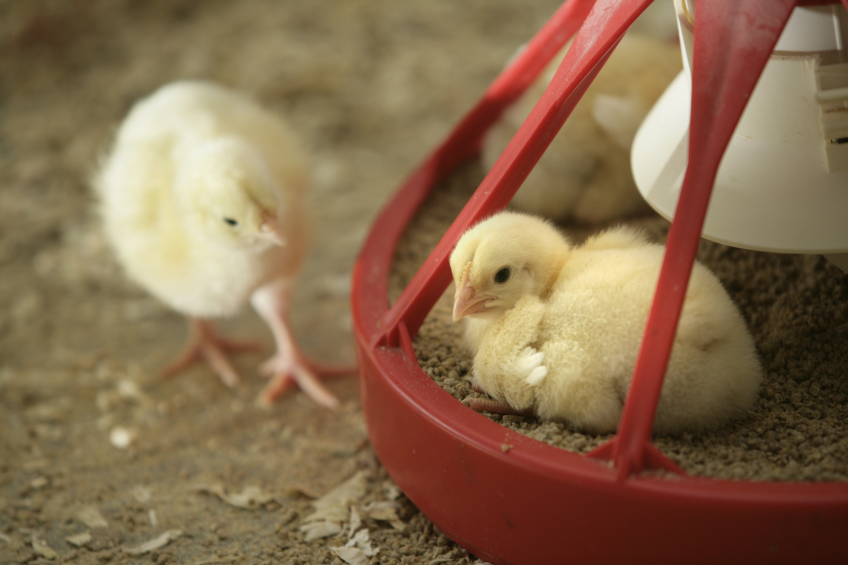Poultry feed topics discussed at EuroTier

During this year’s EuroTier, several exhibition halls will provide comprehensive coverage of feed for the livestock and poultry feed sector.
EuroTier’s full range of feed solutions has proven to be a popular attraction of the event. The concept is very simple; it allows visitors to see for themselves all the technical solutions currently available in the livestock industry. Also new and unusual feedstuffs are on display, allowing visitors to assess the quality and suitability of feeds and feed ingredients they may not have already considered.
Poultry feed issues of interest to farmers
Feed security, feed quality and issues surrounding the safety of raw materials are always of interest to all livestock farmers and feed manufacturers, and they are just as keen to hear about current product developments and feeding trends.
Topical issues from the feed sector that will be discussed at EuroTier this year will include:
1. “Functional” complementary feeds
These are supplementary feeds or pre-mixes that do not focus primarily on supplying energy and nutrients to the animal, but are intended to support them through the inclusion of special ingredients. These could include medium chain fatty acids, oligopolysaccharides or polyphenolic acids that promote bowel function, metabolism and the immune system, and thus the animal health. These complementary feeds are of particular interest currently as they can assist in reducing the amount of antibiotics used on livestock farms.
2. Optimising compound feeds for nitrogen and phosphorus
As our understanding has grown into how excess nitrogen and phosphorous in livestock rations pass through the animals and are excreted in the dung, where it can pollute the environment, nutritionists continue to look at how they can reduce the damaging effects that may result. The aim of nutrition is to match rations to the animal’s actual requirements for meat, milk or egg production. But due to the high protein requirements of animals, it is easy to exceed the protein levels actually needed. This is also the case with phosphorous, where the amount of this element available in the diet from a particular source could be more than expected, or it may be in a form that’s poorly utilised by the animal and immediately excreted. Protein requirements can be better balanced by optimising the feed protein quality through targeted supplementation with free amino acids, as well as through the use of the enzyme phytase. Similarly, issues with phosphorus can be addressed by reducing the phosphorous content of the animals’ diet to manageable levels that will not result in a deficiency.
3. Alternative non-GMO protein sources
As it becomes increasingly difficult to source soybean meal from suppliers that can guarantee that the product does not include material from genetically modified (GMO) plants, farmers in Germany and some other European countries are dispensing with imported soybean meal or feed that include GMO material. Therefore, there’s a growing requirement for alternative protein feeds that can be used instead, such as rapeseed meal, field beans, peas, lupins or sunflower meal. All of these are now in demand, and research continues into the extent to which each of these feeds can be used in animal diets without affecting animal health, feed intakes, or the desired characteristics of the animal products being produced.
4. Insect protein research continues
As the growing world population continues to put a focus on the ethics of feeding livestock with ingredients that could be used for human nutrition, the search continues for new protein sources to meet livestock’s needs. One promising route of current research is insect protein, which has been under review in the European Union for some time. The feasibility of using this novel food source is not in doubt, and feeding trials with poultry are already underway, but there are still some food safety issues to be settled before insect protein becomes mainstream, and then the public at large will no doubt have to be engaged to judge their acceptance of this novel animal feed as part of the diet of animals they consume.













